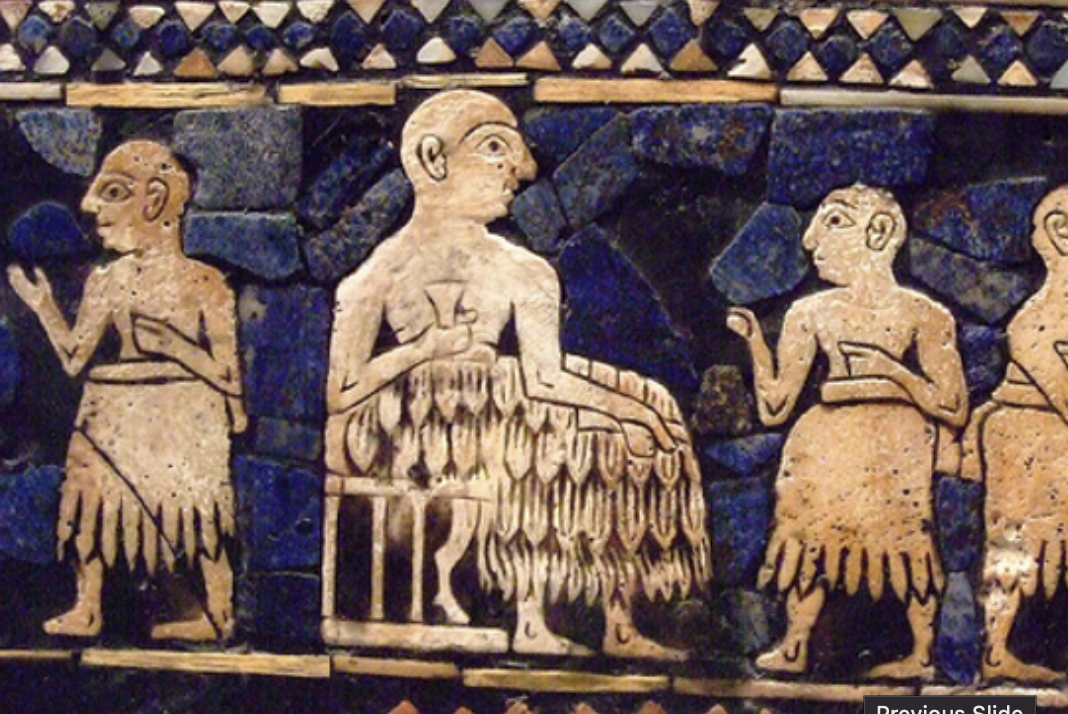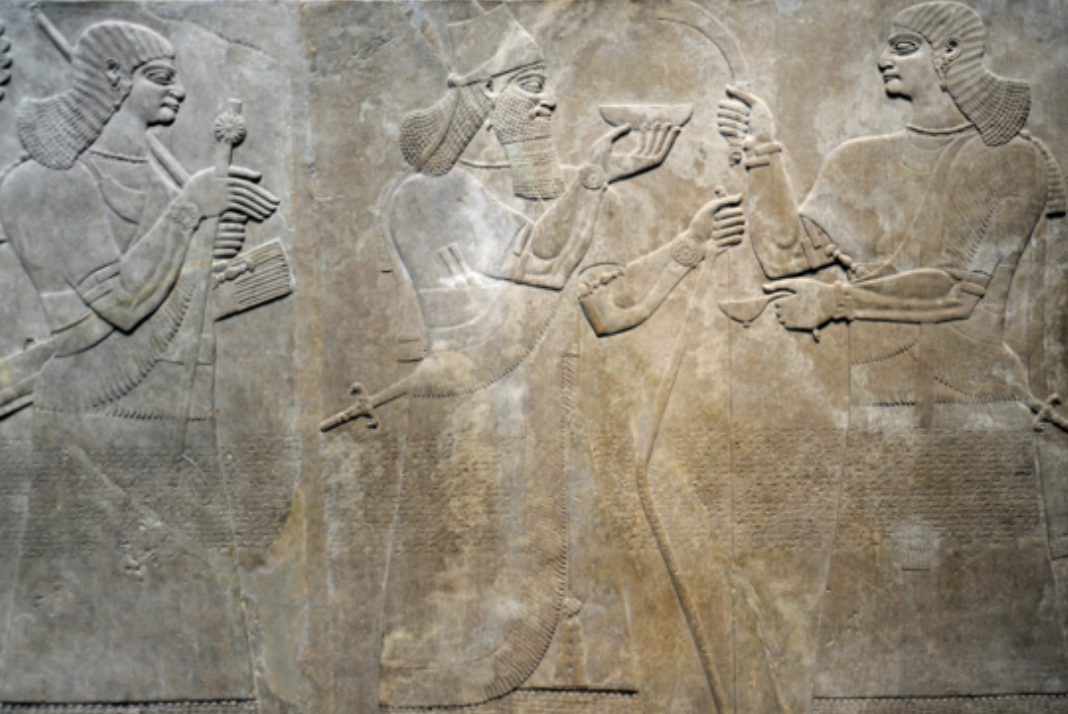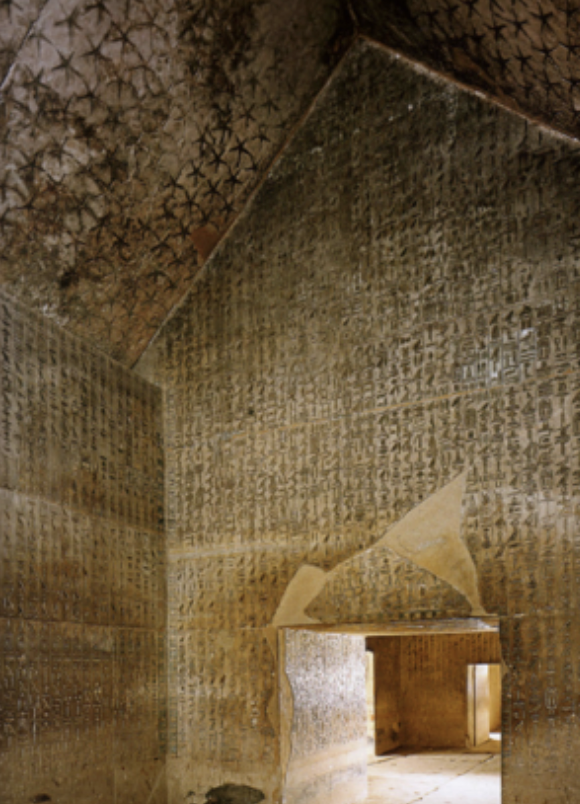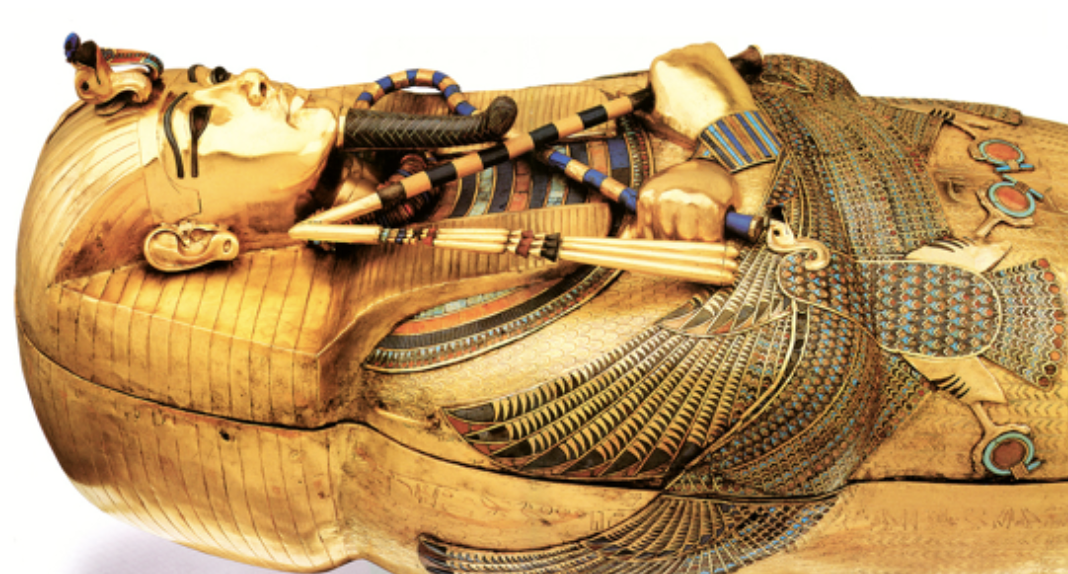Western Art History Exam 1
1/34
Earn XP
Name | Mastery | Learn | Test | Matching | Spaced |
|---|
No study sessions yet.
35 Terms
What do you need to be a civilization?
written language, economic system, monetary system, political system, and formal religion
What are Ziggurats?
A Place of prayer for Mesopotamians and Egyptians. a “white temple” covered in gypsum plaster to resemble a mountain

cuneiform
wedge/pictoform carved within clay due to the plasticity

stele of hammurabi
a form of tomb that mentioned the full story of Hammurabi as he is featured with Shamash the God who is providing Hammurabi the right to give people laws

hieratic scale
Hieratic scale is used in art to depict the relative importance of figures. It involves representing more important figures as larger in size compared to less important ones. They were created of limestone which was a large portrait of the time era.

ashurnasirpal ii
Ashurnasirpal II expanded the empire's borders, constructed grand palaces, and implemented a system of tribute collection. His reign marked a period of Assyrian dominance and territorial expansion in the ancient Near East.

the reconstruction of the throne room (northwest palace of ashurnasirpal
shows how colors were used in ancient art

lamassu
a human mixed with a griffin basically; a statue meant to guard the palace and strike fear into visitors, there are 6 legs on the statue even though it technically only has four for artistic ability.

fugitives crossing river
art of past ways of crossing rivers underwater by sing an inflated pig body as an air tank as well as a floating device.

hunting lions
shows how strong they were against the violent cats. They used banging shields together to push the animal toward the fighters who would use bows to kill them off

weighing of the soul
Anubis brings the dead to a scale; they weigh the heart against an ostrich feather- this will show where you belong

pyramid texts found from the pyramid of Unas
The collection of ancient Egyptian religious texts inscribed on the walls of the burial chambers and corridors of the pyramid of Unas. These texts are considered to be the earliest known religious writings in ancient Egypt and contain spells, prayers, and rituals intended to guide and protect the pharaoh in the afterlife.

coffin (featuring coffin text)
the coffin text represents the story of those inside and their successes when they were alive

canopic jars
Were they kept the stomach, intestines, lungs, and liver— which were set by the tomb so they could keep their most important organs close to their empty bodies (heart was kept in the body)

scarab beetle
it would tell the gods you only did good stuff so they would not know you were a bad person- this provided magic

funerary mask of tutankhamen
an iconic gold mask that was discovered in the tomb of the ancient Egyptian pharaoh Tutankhamun. It is a representation of the young king's face and was placed over his mummy to protect and guide him in the afterlife. The mask is intricately crafted with precious materials and features a serene expression, symbolizing the eternal beauty and divinity of the deceased ruler.

senenmut
mortuary temple of hatshepsut

Hathor cow
Hathor in the form of the divine cow

gold inter most coffin
inner most coffin of king tuts grave

statuettes from temple of abu
offering to the gods- they were mainly offered to Abu. The eyes were made extremely large as a way for the gods to see if the person was praying to standard

shakhuru
'“room one passes through” the only person allowed to enter was the Ensi

palette of narmer (front)
The double sides represent the different sides of Egypt, one side has a red crown whereas one side has a white crown. Horus is the hawk, the brother of the pharaoh. The cows are female- they are the goddess who is the mother of a pharaoh in their religion

palette of narmer (back)
On the reverse side, there is a general, followed by banner holders, followed by a body of decapitated bodies- this shows that the unification of Egypt was not peaceful- he combined the regions between war.

victory stele of naram-sin
Standing at 6ft tall and is made of pink limestone this piece of art is a Kudurra (oath) Stone as a form of bible that works for business, property, and marriage oath stone. This stone would stand in common areas. On this specific stone, Naram is victorious in a specific battle against the Lullubi where the Naram wins.

colossal statue of akhenaten from karnak
These statues may represent the first time that Akhenaten’s new religious thoughts were translated into the ancient Egyptian art

study of akhenaten
Akhenaten was an Egyptian pharaoh who ruled during the 14th century BCE. He is known for his religious reform.

Akhenaten and Nefertiti and their daughter's relief from Akhetaten
a depicting the royal family of Akhenaten and Nefertiti, along with their daughters, in the city of Akhetaten. This relief showcases the unique artistic style of the Amarna period and highlights the royal family's devotion to the sun god Aten.

mastaba
a type of ancient Egyptian tomb, characterized by its rectangular shape and flat roof. It was typically made of mud bricks and served as a burial place for pharaohs and nobles during the Early Dynastic Period.

ka door in mastaba
found in ancient Egyptian mastabas, which served as an entrance for the ka (spirit) to enter and exit the tomb.

imhotep

pyramid of medium

bent pyramid of sneferu

red pyramid of sneferu

the great sphinx

great pyramid of gizeh